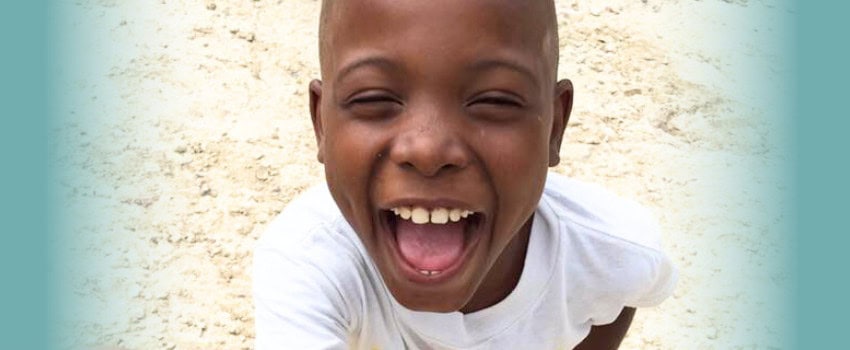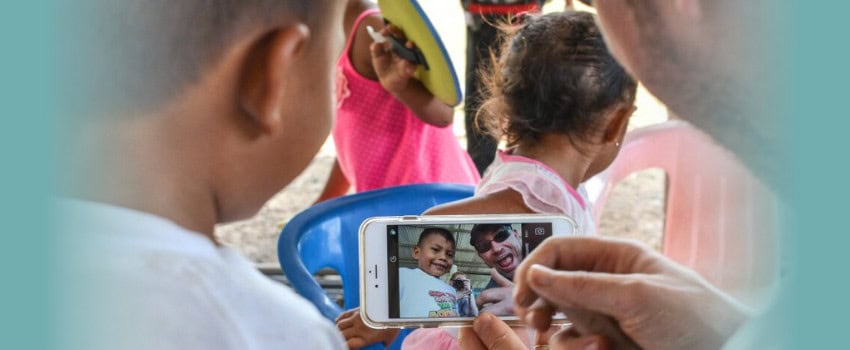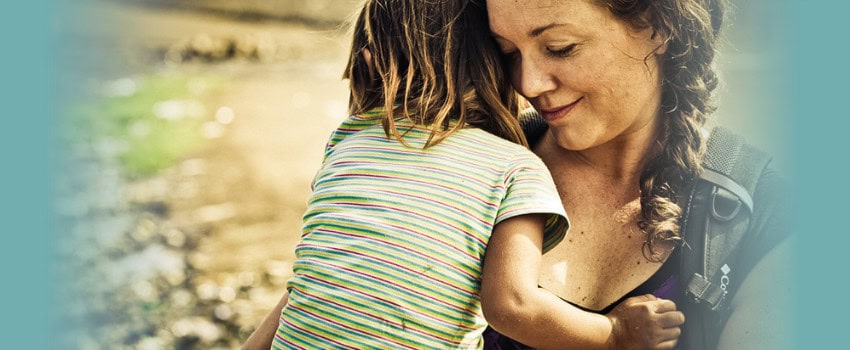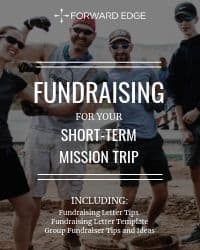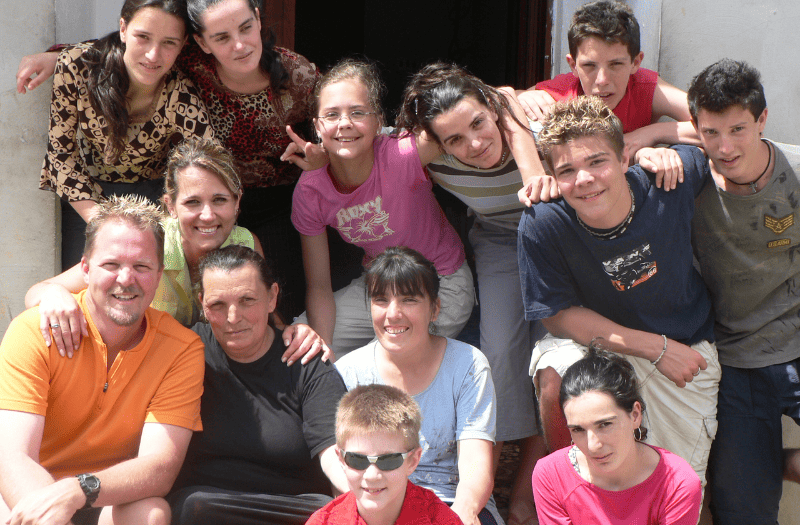
My Forward Edge Story
I had the pleasure of sitting down with Sheri Stanley, our Director of Operations & Mobilization, to hear her Forward Edge Story. While what we spoke about was only a fraction of God’s incredible works in her life, these significant moments were an inspiration to me, and I hope they

